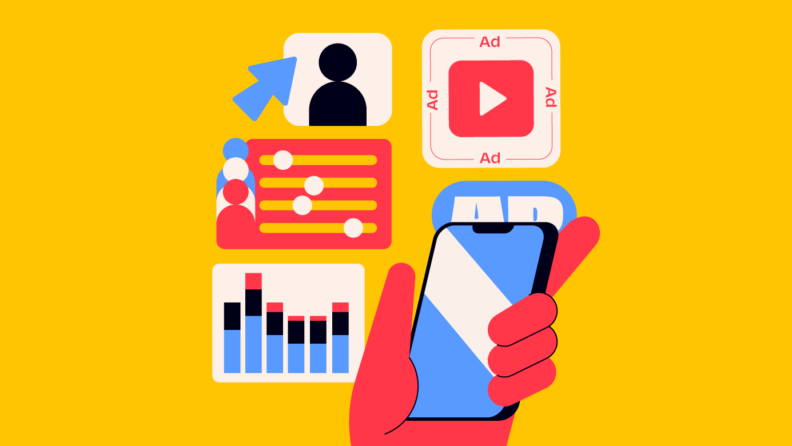Despite what other departments in your office may think, just because you “do marketing” doesn’t mean you’re a creative genius or an Adobe Photoshop wizard. Similarly, just because you are a Creative Director doesn’t mean you’re an expert in email marketing or Google Tag Manager.
While marketing and advertising are often used interchangeably, they are different. Advertising is a crucial marketing component; both are needed for a company to grow. Ads without marketing would be a shot in the dark, while marketing requires some form of promotion like advertising to be realized.
As a digital marketer with over a decade of experience in marketing campaigns and strategy, I’ll go in-depth about the differences between marketing and advertising, along with examples of each, so that the blurry line between marketing and advertising becomes a little more clear.
What Is Marketing?
According to the American Marketing Association, marketing is the activity, set of institutions, and processes for creating, communicating, delivering, and exchanging offerings that have value for customers, clients, partners, and society at large.
Now that we live in the attention economy, where the enterprise companies, small businesses, and creators who are the most successful are the ones who can best capture and hold attention, audience building takes center stage, as reflected in this more modern definition of marketing from Hubspot:
Marketing refers to any actions a company takes to attract an audience to the company's product or services through high-quality messaging. Marketing aims to deliver standalone value for prospects and consumers through content, with the long-term goal of demonstrating product value, strengthening brand loyalty, and ultimately increasing sales.
At the end of the day, as a marketer, I see my job as helping people who could benefit from my company’s product or service to find out about it. That way, they can use it to overcome challenges or get to where they want to be. That’s where advertising comes in: an ad can serve as a metaphorical street sign (or literally a billboard) for someone on the road to solving their problem.
In business school, advertising makes up one of the four ps of marketing, promotion. If you’re new to the four ps of marketing, here is a quick summary:
- Product refers to a physical product, service, or idea companies can offer a market for attention, acquisition, use, or consumption. Developing a product that meets the target audience's needs is crucial to a marketing campaign's success.
- Price refers to the amount a customer must pay to acquire a product or service. It is essential to set a price that is both competitive and profitable. Factors influencing pricing decisions include the cost of production, the perceived value of the product or service, and the prices of competing products or services.
- Place refers to the channels through which a company distributes a product or service to the target audience. Choosing the proper distribution channels is crucial to ensure the product or service is available to the target audience when and where they need it.
- Promotion refers to the various methods to communicate a product's or service's benefits to the target audience. It includes advertising, personal selling, sales promotions, public relations, and direct marketing. Promotion aims to create awareness, generate demand, and encourage the purchase of the product or service.
Types Of Marketing
As I mentioned, marketing is an umbrella term encompassing various strategies and techniques to promote a product or service. Here are four of the most common types of marketing that you will find companies use today:
Digital Marketing
Digital marketing uses channels like search engines, social media, email, and websites to promote a product or service. It includes various techniques such as search engine optimization (SEO), content marketing, and email marketing. Thanks to the rise and ubiquity of the internet and smartphones, digital marketing is pretty much synonymous with marketing.
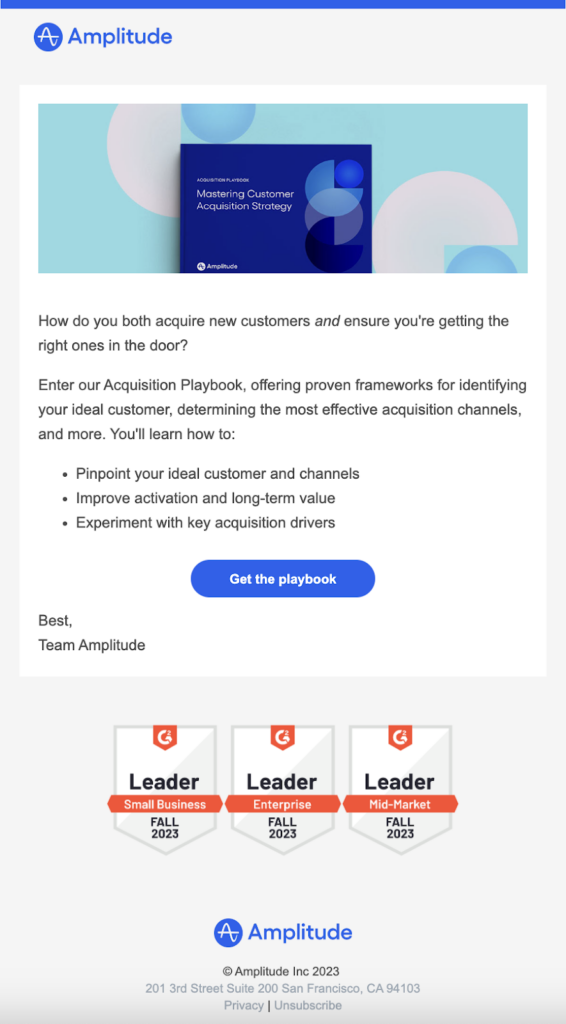
Social Media Marketing
Social media marketing is digital marketing that promotes a product or service through social media platforms such as Facebook, Twitter, Instagram, TikTok, and LinkedIn. It involves creating and sharing content that engages target customers and encourages them to interact with the brand. When done right, it allows businesses to connect with their audience more personally and build relationships with them.
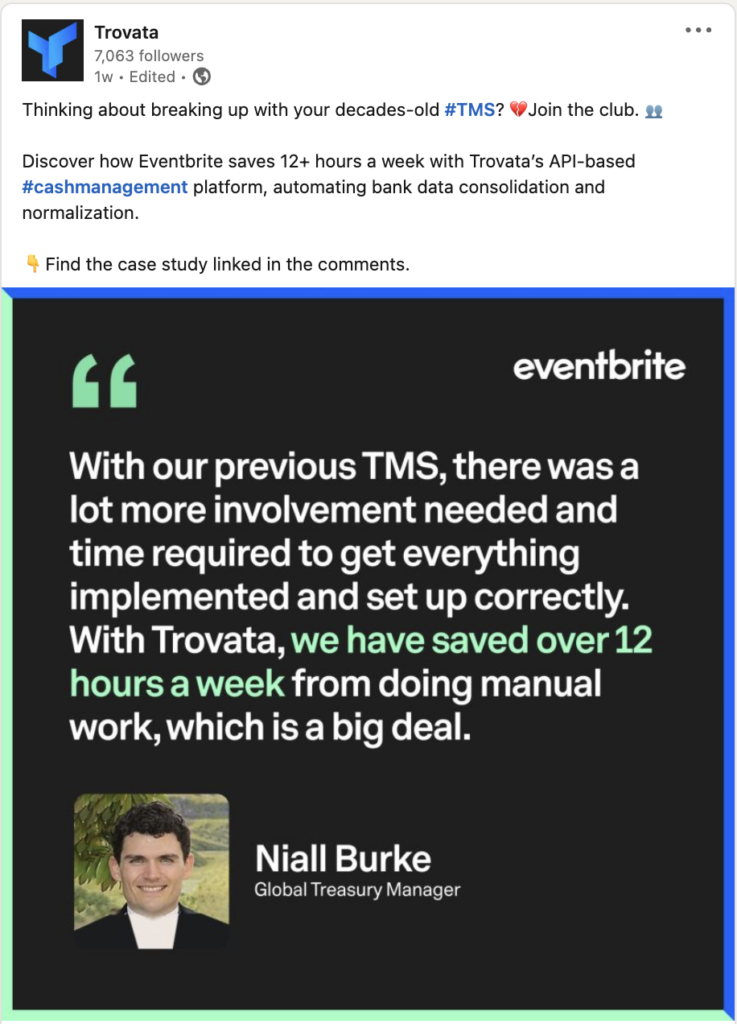
Product Marketing
Product marketing is a type of marketing that focuses on promoting a specific product or service. It involves creating a go-to-market plan that includes product positioning, pricing, and promotion strategies.
For example, Facebook might have a Product Marketer for each of its business units, and even the different facets of each product it sells. For example, it might have a Product Marketing Director for Instagram, and under that person, there could be different Product Marketing Managers to promote Instagram to different types of users like companies, influencers, non-profits, etc.
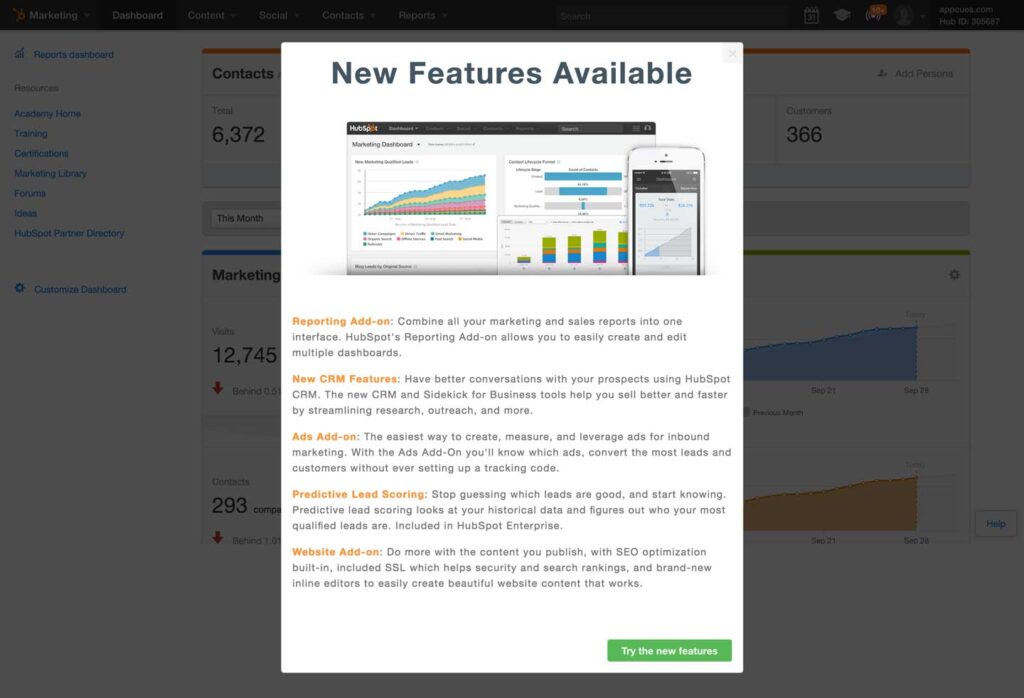
Event Marketing
Event marketing is a type of marketing that involves promoting a product or service through events such as tradeshows, conferences, and exhibitions. It could consist of creating a booth or display showcasing the product or service and setting up speaking engagements and workshops.

What Is Advertising?
Advertising is a subset of marketing and brand management that involves promoting a product, service, or idea to a target audience.
According to Merriam-Webster, advertising is:
- The action of calling something to the attention of the public, especially by paid announcements
- the business of preparing advertisements for publication or broadcast
Today, advertising can include traditional media formats such as television, radio, and print and digital media such as social media, search engines, and display advertising.
Advertising can help build brand recognition and loyalty and can also be used to differentiate a product or service from its competitors by focusing on the product’s unique value proposition.
The typical strategy for advertising involves:
- Identifying the target audience
- Developing a message that will resonate with that audience
- Creating a visual or a storyboard for the ad
- Selecting the appropriate media channels to run the ad to reach the audience
- Measuring KPIs like impressions, clicks, and conversions
Types Of Advertising
Thanks to technology, there are more ways businesses can advertise than ever. Let’s look at traditional advertising and then the more modern forms:
Traditional Advertising
Traditional advertising refers to using traditional media such as television, radio, print, and outdoor advertising to promote a product or service. The role of conventional advertising is to create brand awareness and generate interest in a product or service. The typical strategy for traditional advertising is to create a catchy slogan or jingle that will stick with the audience. A great example of this is the “got milk” campaign.

Digital Advertising
As it sounds, digital advertising is a form of advertising that uses digital channels, such as social media or Facebook Ad campaigns, search engines, and websites, to reach a target audience. The role of digital advertising is to drive traffic to a website or landing page and generate leads or sales. The typical strategy for digital advertising is to create targeted ads relevant to the audience using segmentation.
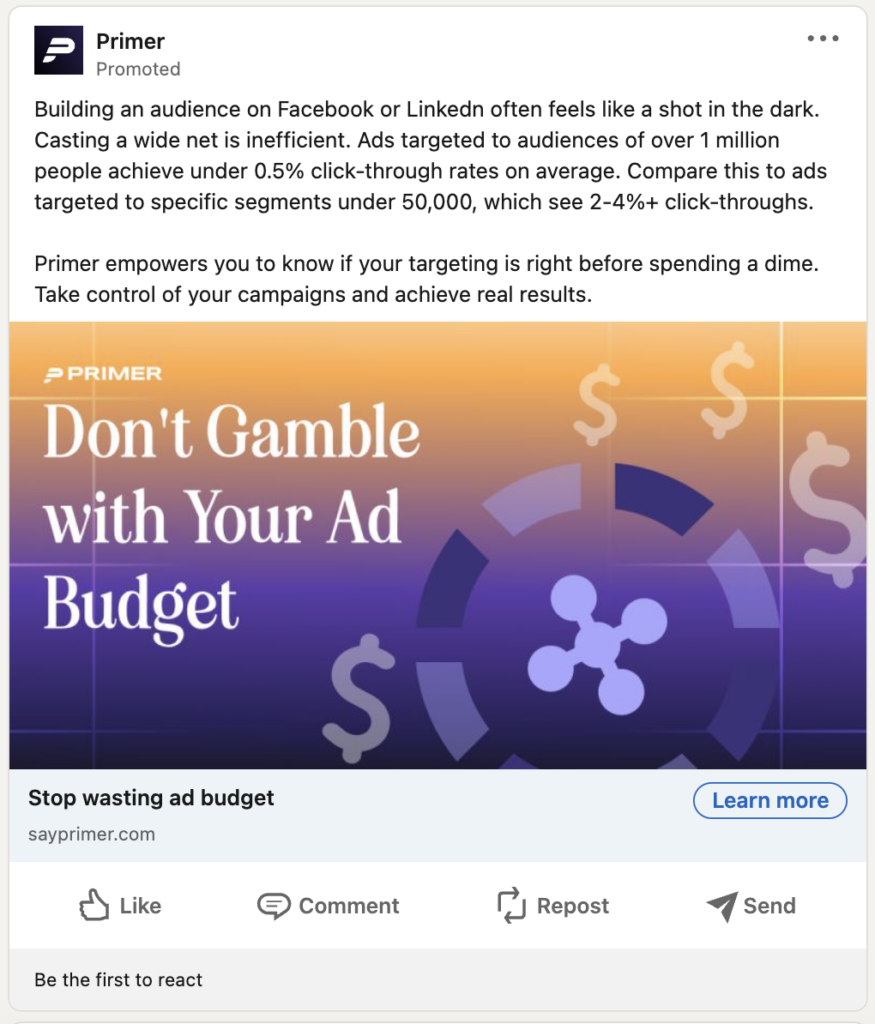
Mobile Advertising
Mobile advertising is a form of digital advertising targeting mobile devices such as smartphones and tablets. Mobile advertising is becoming more popular as more people use their phones to access the internet. The typical strategy for mobile advertising is to create mobile-friendly ads that are easy to view and interact with on a small screen.
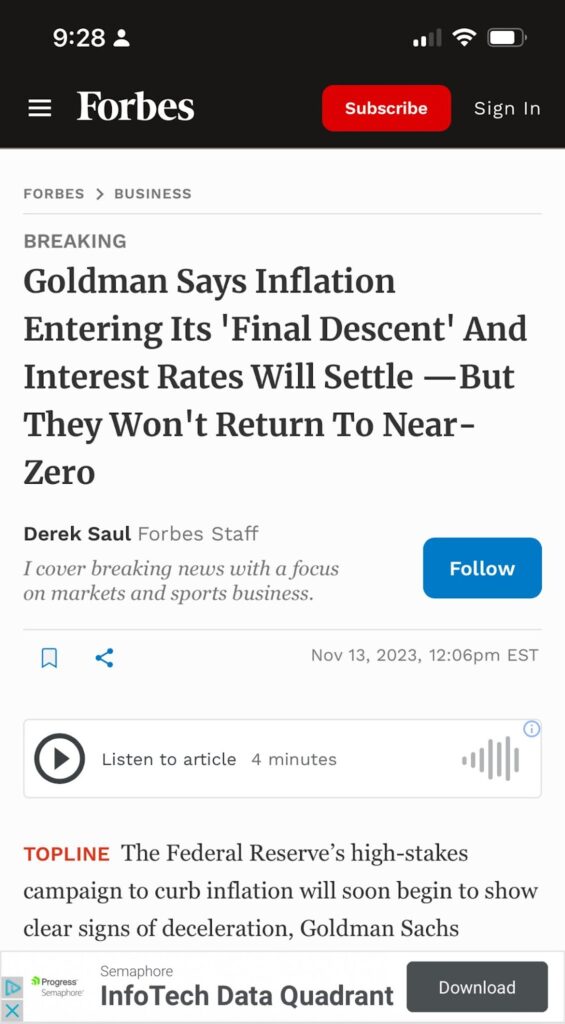
PPC Advertising
PPC advertising, or pay-per-click advertising, is digital advertising where advertisers pay a fee each time someone clicks on their ad. This type of advertising is commonly used in search engine advertising, where advertisers bid on keywords related to their product or service.
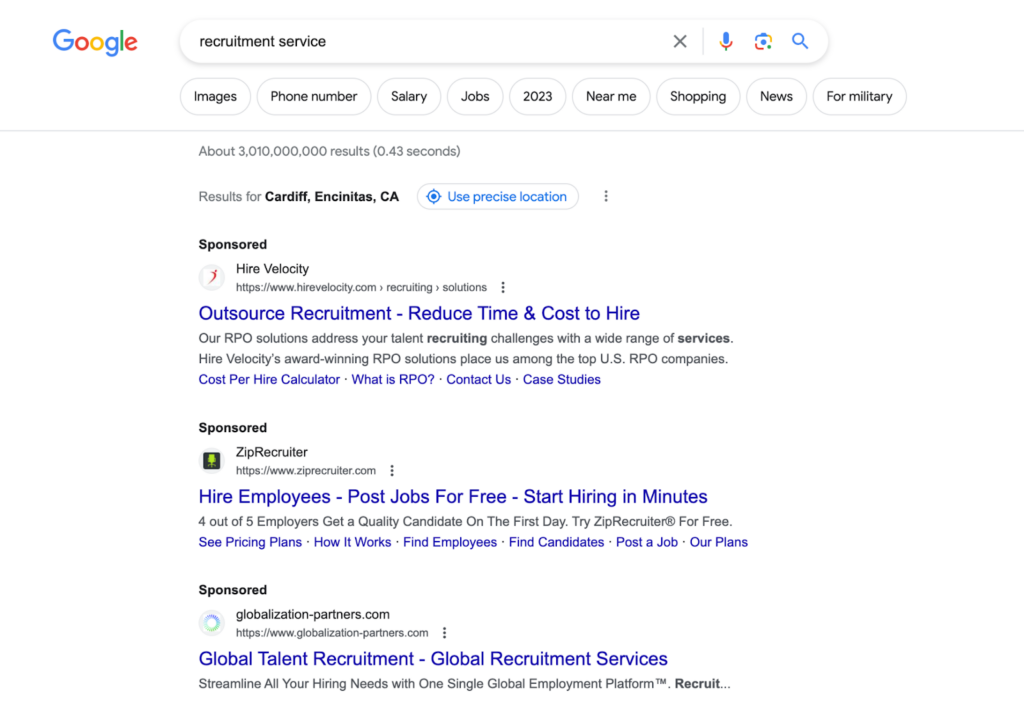
Native Advertising
Native advertising is a form of advertising that blends in with the content of the platform it is displayed on. This includes sponsored content on social media, promoted listings on e-commerce websites, and supported top articles on news websites. The role of native advertising is to create brand awareness and generate interest in a product or service without disrupting the user experience. The typical strategy for native advertising is to create content relevant to the platform and the audience.
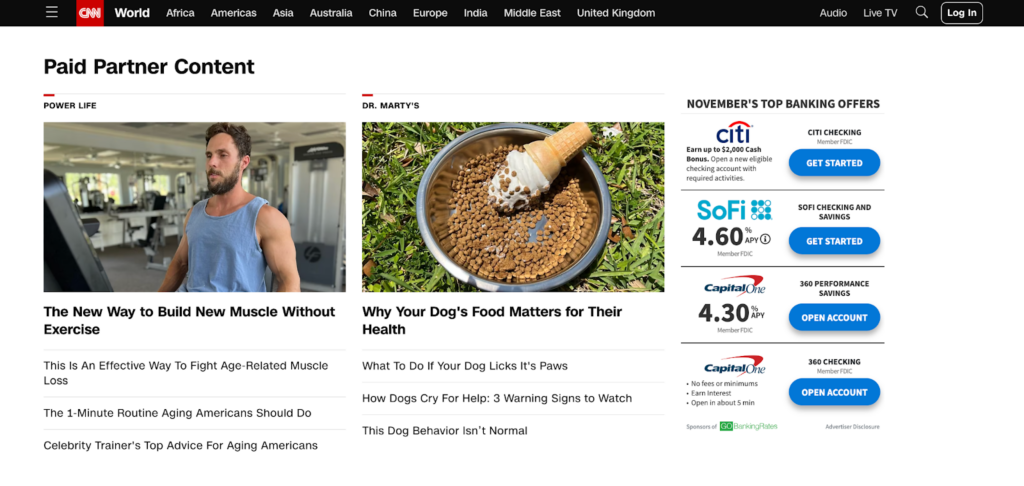
Understanding the different types of advertising can help businesses choose the right advertising strategy for their product or service. By combining different types of advertising, businesses can reach a broader target audience and generate more leads or sales.
Advertising Vs Marketing: 6 Key Differences
Purpose
Marketing and advertising are both on the same mission; however, the scope of marketing is more broad. Marketing’s purpose is to carry out all of the steps to develop, price, promote, and sell a product or service. The purpose of advertising is to promote the message that is being used to sell the product or service.
Responsibilities
Marketing is responsible for understanding the target audience and developing a strategy to reach and sell to them. It includes product development, branding, messaging, and determining the marketing mix. Marketing is also responsible for collaborating with the sales team to ensure they have all the materials they need in order to close a deal successfully.
Someone who is in charge of marketing may also be in charge of advertising or overseeing an employee or an agency that will purchase and create ads in support of the marketing department’s campaigns.
If someone on your marketing team is responsible for advertising, they will usually lead the entire advertising process, from the copywriting to the visuals to the media buying. Led by this person, you might see roles such as a media buyer and/or bid strategist, who is focused on optimizing ad budget, and on the other hand, you might have graphic designers, animators, video specialists, etc, in charge of creating the ads to run.
The creatives will work off of a creative brief that the advertising or marketing manager will create that ensures the ad is aligned with the overall marketing or campaign strategy.
Techniques
Marketing uses various techniques to reach customers, including social media marketing, email marketing, owned media, and earned media. Marketing takes a long-term approach to solidifying a brand while simultaneously building up the sales pipeline in the short term.
Whereas marketing can rely on medium and long-form content, advertising relies primarily on paid media and short-form content. Ads use fewer words and bold imagery since they have to get a message across in the most succinct and memorable way possible.
Examples of Marketing and Advertising
Marketing examples include:
- Hosting a booth at a tradeshow
- Writing in-depth how-to guides
- Creating weekly email newsletters
- Working with the sales team to develop a pitch deck and outbound email messaging
- Creating a website that represents the company while explaining its mission, products, and services
- Creating a customer referral program
Advertising examples involve:
- Writing an ad roll for a podcast sponsorship
- Creating a 30-second product video to promote on Youtube
- Creating display ads to retarget website visitors for top-of-mind awareness
- Filming a Super Bowl commercial
- Promoting a story on Instagram
Required Investment
With marketing, you can get started by investing your time and committing to doing the necessary market research, competitive analysis, campaign creation, promotion, etc. It is possible to do marketing where the only cost is your labor or an employee's. Over time, you can scale marketing by purchasing tools, hiring more team members, and outsourcing certain aspects to do more.
However, with advertising, you will need to invest capital upfront to purchase ads and make bids. It is also important to note that the first ad campaign you run probably will not produce a positive return on investment.
For example, it can take tens of thousands of dollars to see a positive ROI from Google Ads. That’s because you must test your messaging, keywords, landing page, offer, etc. Many variables are in play, and they all have to work together.
However, advertising can be seen as one of the more expedient ways to make a sale, since you can essentially rent a space where people are more likely to come across your ad than if you try to reach people organically.
Measuring Success
When you measure the success of your marketing and advertising efforts, a lot of the metrics will be the same, since advertising is a component of marketing. For both, you will want to pay attention to reach, engagement, traffic to your website or store, and sales.
Since advertising is a more granular aspect of your overall marketing strategy, you will want to track several metrics on this level so you can optimize and improve your ads over time. Track things like click-through rate (CTR), impressions, quality score (for Google Ads), return on ad spend (ROAS), etc.
So, Is Marketing Or Advertising More Valuable?
If you could only do marketing or advertising, which one would be more valuable? Well, that’s a bit of a false dichotomy since advertising is an aspect of marketing. Therefore, pick marketing if you are just starting or have a limited budget.
Why? As I mentioned before, marketing is the foundation of any successful advertising campaign. Without a solid marketing plan, advertising can be a waste of money. A marketing plan helps to identify your target audience, understand their needs and preferences, and develop a strategy to reach and engage with them. This is helpful for knowing which advertising platform is best.
Marketing is also more versatile than advertising. While advertising is limited to paid media channels such as television, radio, and print, marketing includes a wide range of content marketing, social media marketing, email marketing, and more. This allows businesses to reach their target audience through multiple channels and touchpoints without spending as much money.
In summary, while marketing and advertising are essential for a successful business, marketing activities are more valuable because they lay the foundation for successful advertising campaigns. Marketing is a long-term process that builds brand awareness and loyalty and is more versatile in terms of the channels and tactics that can be used.
Ready, Set, Go-To-Market
Hopefully, I painted a clear picture of how marketing and advertising are related with some specific examples that can help you illustrate the differences between them.
Now that you know the differences between advertising and marketing and how they can inform your strategy, discover the best marketing tools, events, and strategies to help your business grow.
If you enjoyed this article, don’t forget to subscribe to the CMO’s newsletter so you never miss a beat.

